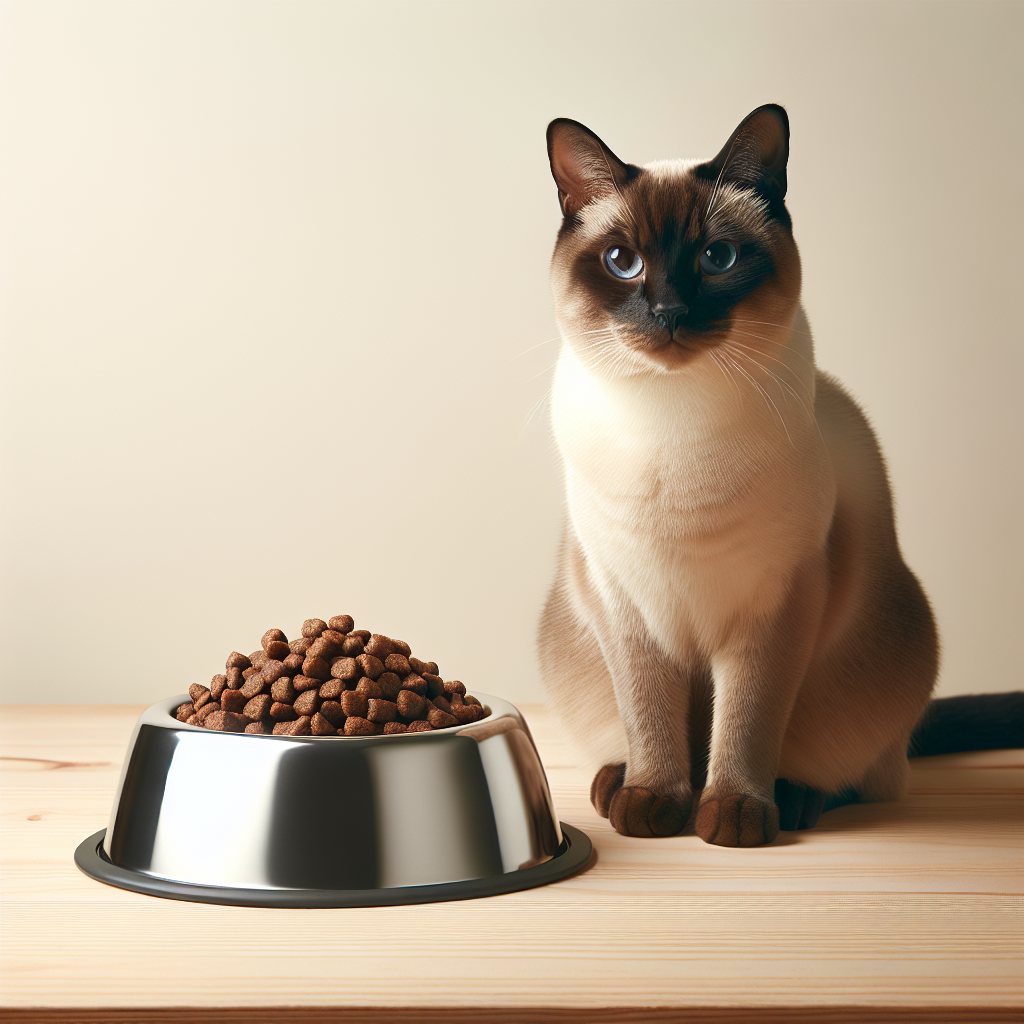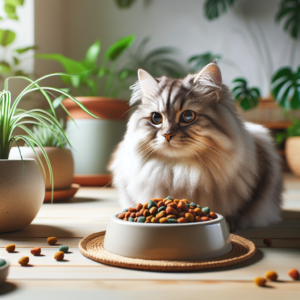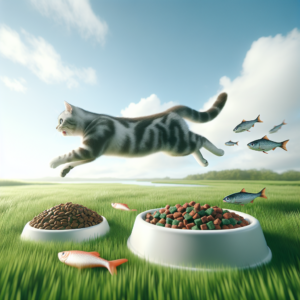
Introduction
As pet owners, we are always seeking the best nutritional options for our feline companions. Among the many dietary choices available, grain-free cat food has gained significant popularity. Advocates for grain-free diets argue that such diets are healthier and more natural for cats, while critics raise concerns about nutritional adequacy and potential health risks. This article explores whether grain-free cat food is truly essential for your pet’s health and well-being.
Understanding Cats’ Nutritional Needs
To determine the necessity of grain-free cat food, it’s crucial first to understand the basic nutritional needs of cats. Cats are obligate carnivores, meaning their diet requires nutrients that are found primarily in animal tissues. Protein is a critical component, providing essential amino acids such as taurine, which is vital for heart health, vision, and reproduction. Fats are another important element, offering energy and supporting cell function. Additionally, cats need certain vitamins and minerals like Vitamin A, niacin, and arachidonic acid, which are found in animal tissues.
What is Grain-Free Cat Food?
Grain-free cat food is formulated without common cereal grains such as wheat, corn, rice, and barley. Instead, these diets often use alternative carbohydrate sources like potatoes, peas, or lentils. The grain-free trend emerged partly in response to the belief that grains are not a natural part of a cat’s diet and that they could potentially cause allergies or digestive issues.
Debunking the Myths
Myth 1: Grains Are Bad for Cats
One of the most prevalent myths is that grains are inherently bad for cats. While it is true that cats do not require grains to survive, most cats can digest and metabolize grain-based ingredients without any issue. A very small percentage of cats might have grain allergies, but these are quite rare compared to allergies to animal proteins like beef or fish.
Myth 2: Grain-Free Equals Low-Carb
Another misconception is that grain-free diets are low in carbohydrates. In reality, many grain-free cat foods use alternative carbohydrate sources, which can be just as high or even higher in carbohydrates than traditional grain-inclusive diets. It’s essential to read labels carefully and understand the macronutrient composition of the cat food you choose.
Health Considerations
Potential Benefits of Grain-Free Diets
Some pet owners report improvements in their cats’ coats, stool quality, and overall energy levels after switching to a grain-free diet. However, these improvements are often anecdotal and may not be directly related to the absence of grains. Often, the high-quality proteins and fats present in premium grain-free formulas contribute to these positive changes.
Potential Risks of Grain-Free Diets
Recent studies have raised concerns about the long-term health impacts of grain-free diets in pets, particularly in relation to heart health. In dogs, certain grain-free diets have been linked to dilated cardiomyopathy (DCM). While similar studies in cats are limited, the potential risk underscores the importance of ensuring that grain-free cat foods are nutritionally balanced.
When Is Grain-Free Necessary?
Grain-free diets may be beneficial for cats diagnosed with specific food allergies or sensitivities that require such a diet. In these cases, it’s crucial to work with a veterinarian to identify the allergens and select an appropriate diet. For most cats, however, a grain-inclusive diet that meets all nutritional requirements is perfectly suitable and safe.
Making an Informed Decision
When deciding whether to feed your cat a grain-free diet, consider the following factors:
- Individual Needs: Assess your cat’s specific health needs, including any diagnosed allergies or sensitivities.
- Quality of Ingredients: Opt for premium brands that use high-quality proteins and fats, regardless of whether the food is grain-free or grain-inclusive.
- Veterinary Guidance: Consult with your veterinarian to ensure your cat’s diet is balanced and meets all nutritional requirements.
Conclusion
Grain-free cat food is not an essential requirement for most cats. While it can be beneficial for pets with specific dietary needs, the majority of cats thrive on well-formulated, balanced diets that may include grains. The key to feline health and well-being lies in providing a diet that meets all nutritional requirements, whether it is grain-free or not. As always, consult with your veterinarian to determine the best dietary approach for your furry friend.
Ultimately, the choice between grain-free and grain-inclusive cat food should be based on individual needs, quality of ingredients, and guidance from a trusted veterinarian. By prioritizing these factors, you can ensure that your cat receives optimal nutrition for a long, healthy life.







